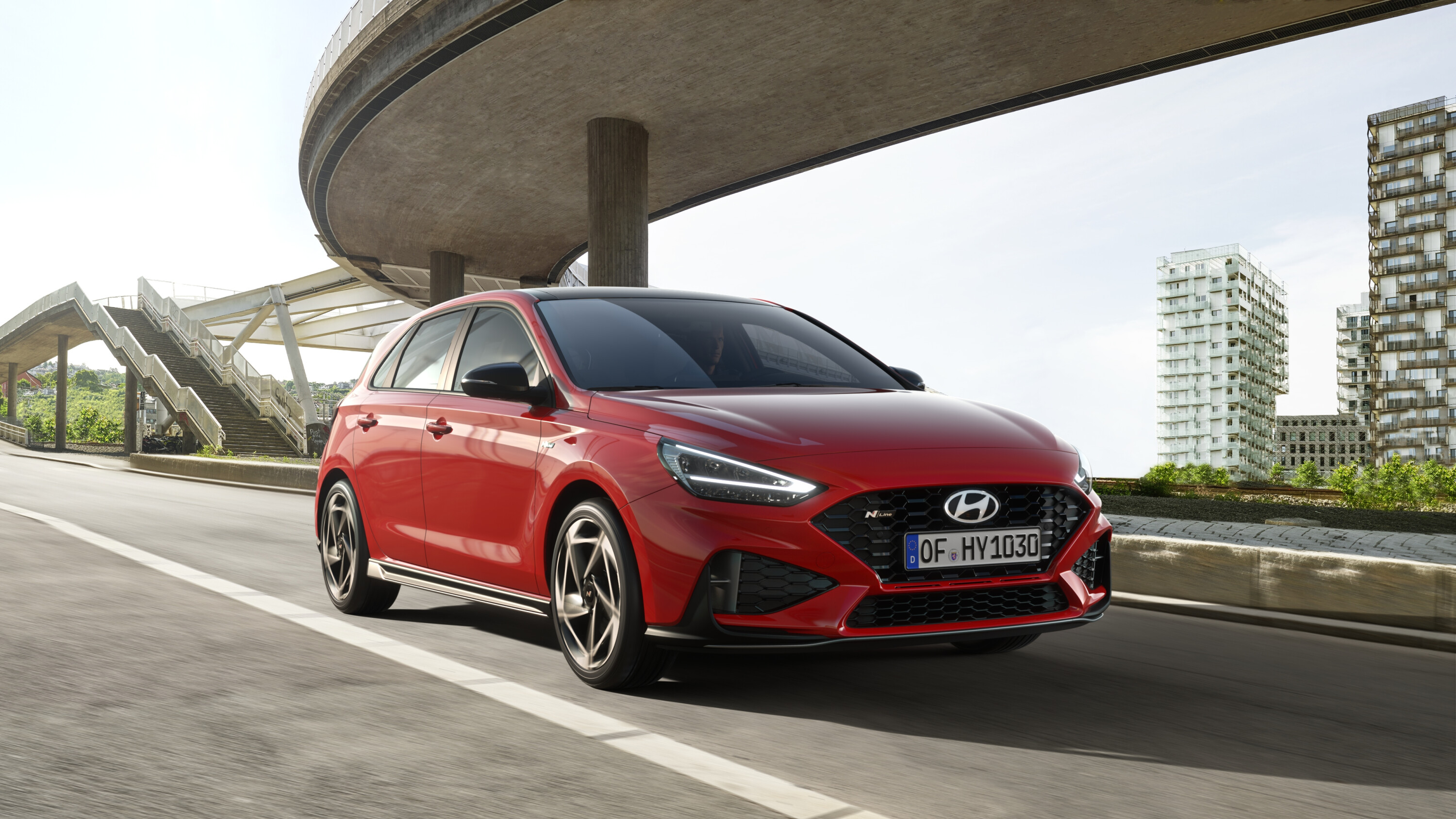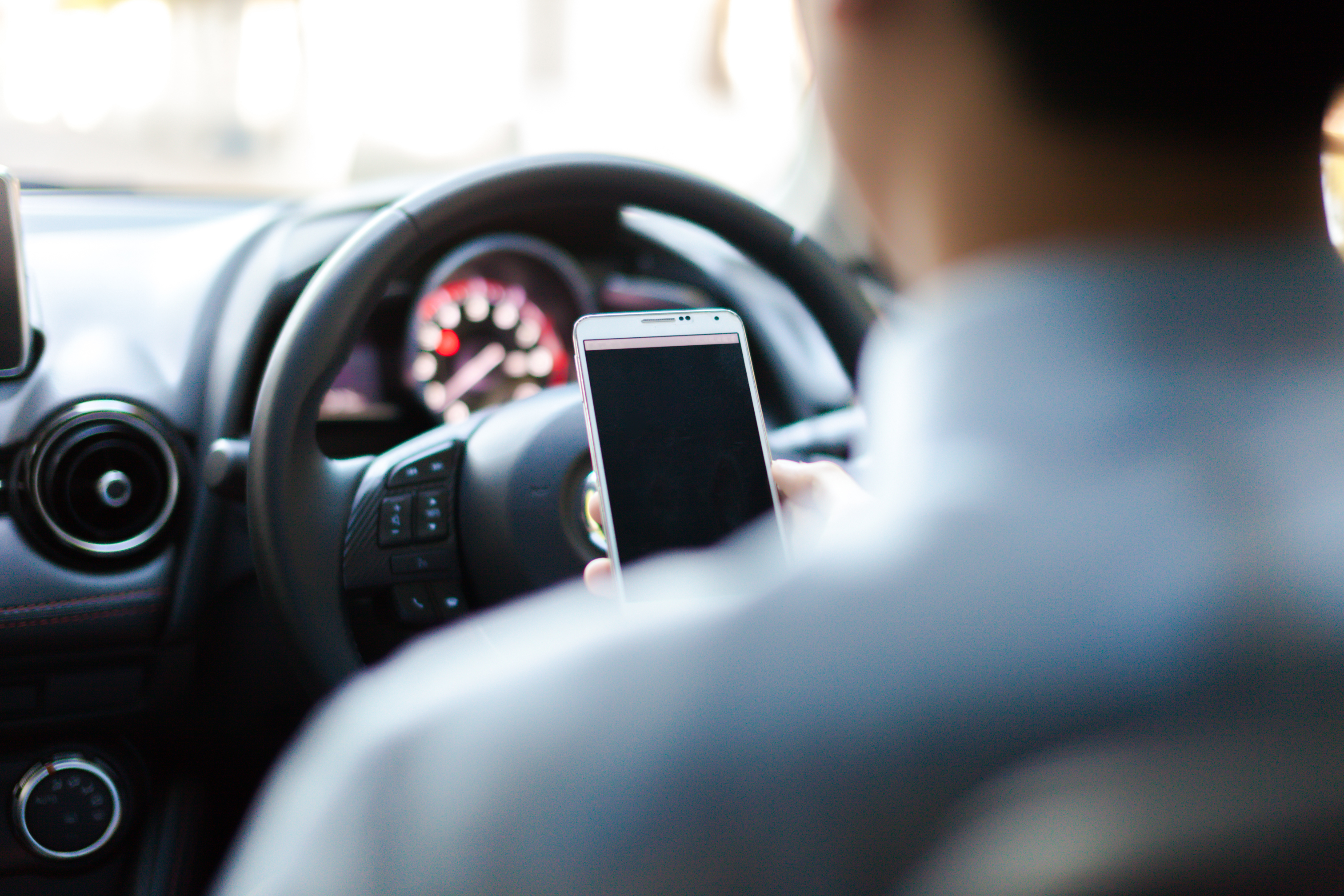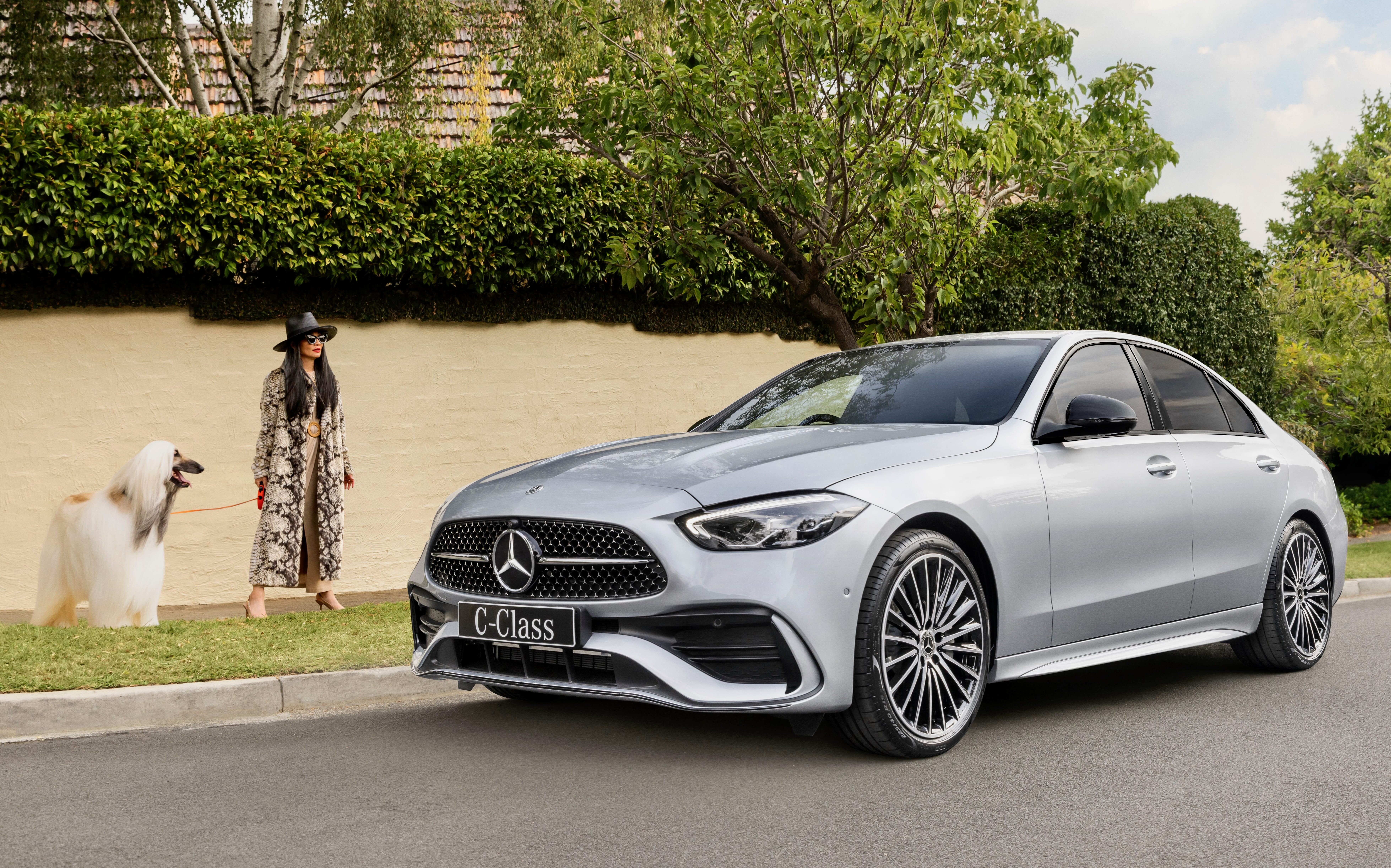The updated 2025 Hyundai i30 hatchback has debuted in Europe ahead of its local launch.
As announced in September, the latest version of the i30 – a minor facelift for the seven-year-old hatch – will now be built in the Czech Republic for Australia after the Korean factory stopped building it at the end of 2023.
Australia was the sole market supplied with Korean-built i30 hatches for around three years after it was discontinued in its South Korean domestic market in 2020.
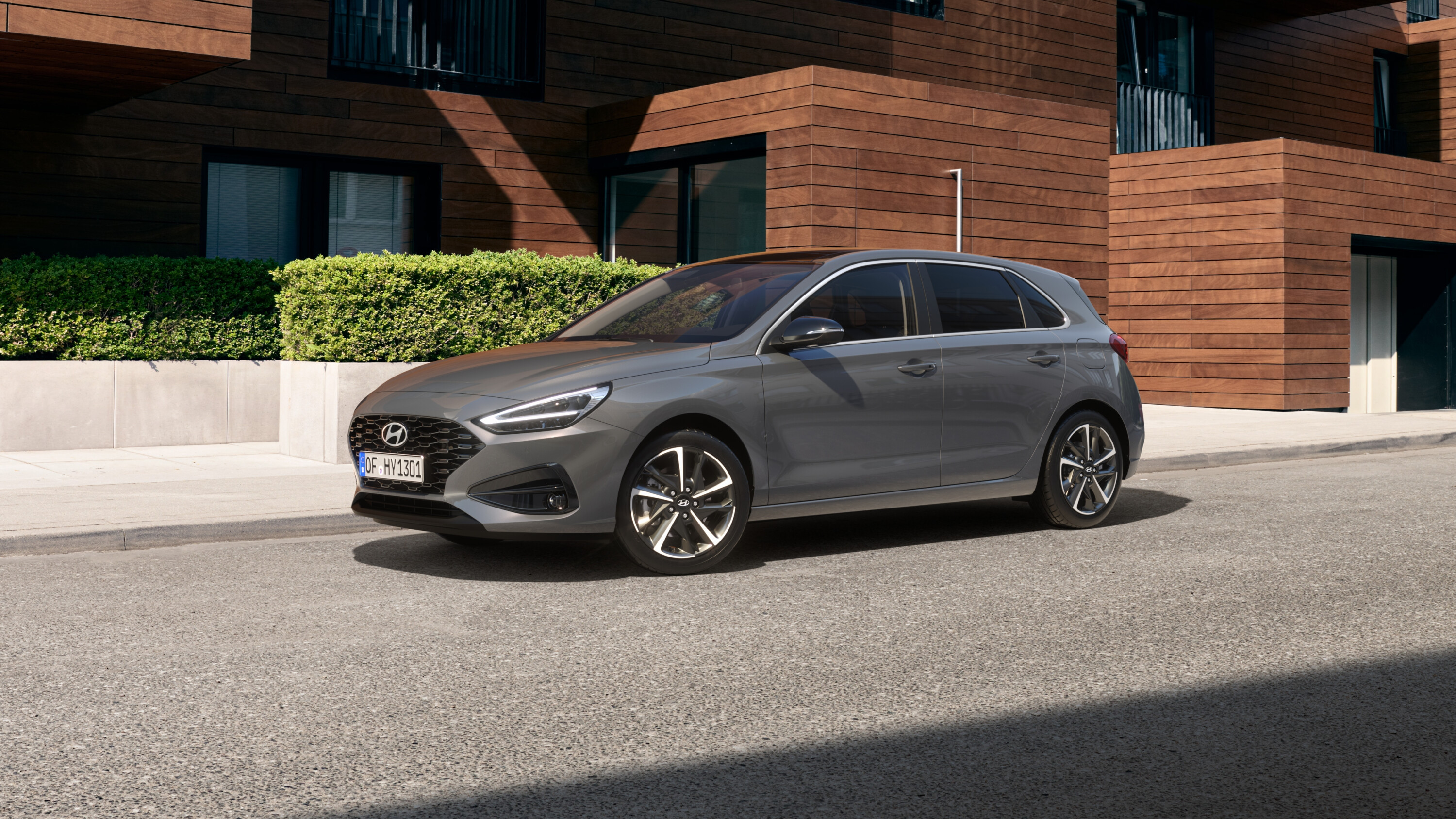
Price rises are expected as the i30 hatch should switch from the choice of two well-established powertrains to a 1.5-litre turbo mild-hybrid – and the likely discontinuation of a price-leading manual transmission option.
The 48-volt mild-hybrid 1.5-litre turbo – which is optional in Europe but likely to be standard in Australia – produces 116kW and 253Nm for all variants, including N Line models. It is matched to a seven-speed dual-clutch automatic transmission.
Current Australian-spec i30 hatches have a 120kW/203Nm naturally-aspirated 2.0-litre in standard models, or a 150kW/265Nm 1.6-litre turbo in N Line variants.
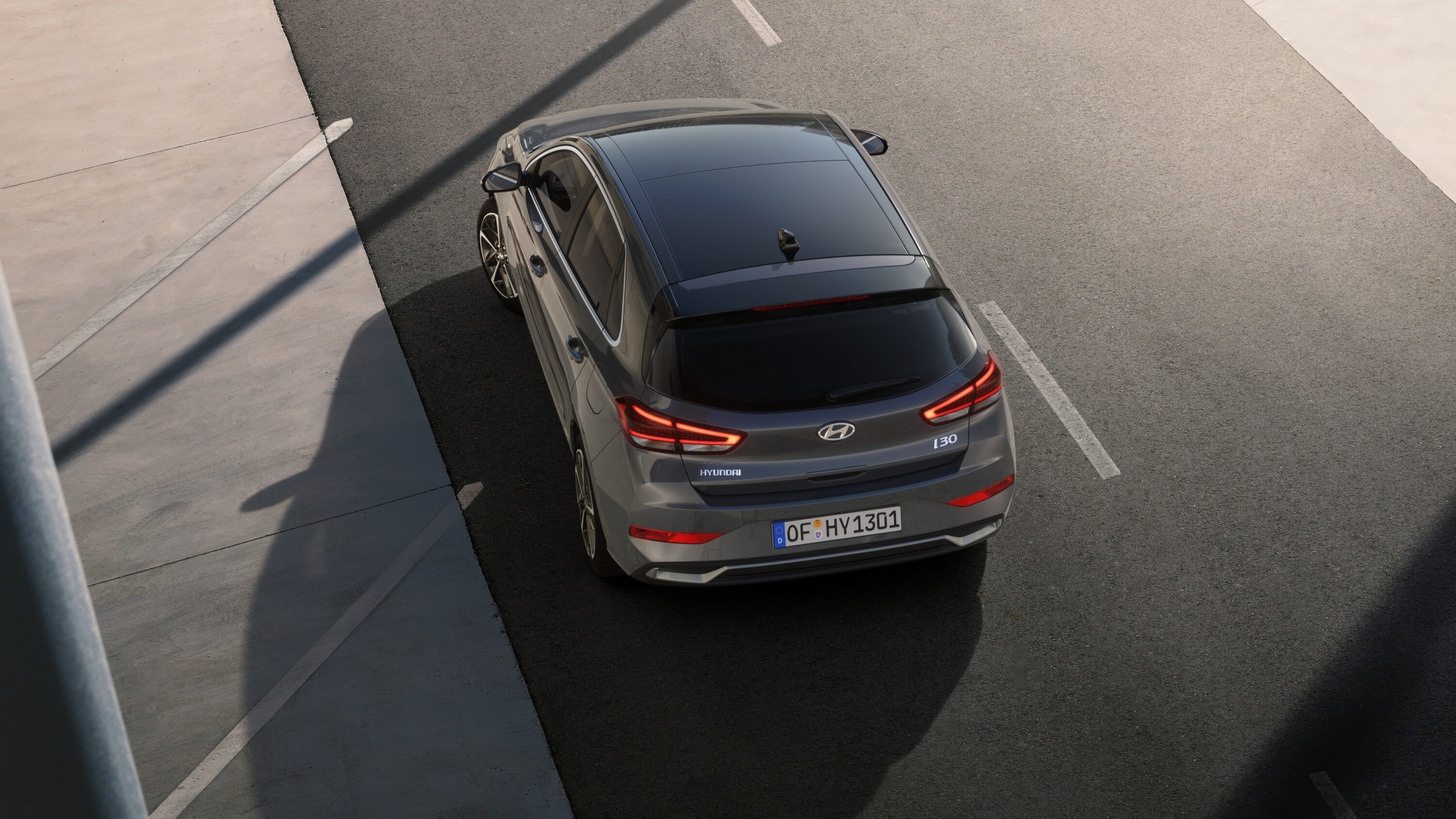
Fuel consumption for the 1.5-litre turbo is rated at 6.2L/100km under the stringent WLTP test standard, down from 7.1L/100km (1.6-turbo dual-clutch) or 7.4L/100km (2.0-litre auto) under Australia’s more-lenient ADR test standard.
New revisions for the i30 hatch include an updated grille pattern, a new bumper insert beneath the registration plate holder, and a retouched fog lamp housing.
The rear chrome insert has been made more angular, while the Hyundai and N Line badges are now two-dimensional in line with the brand’s latest models.
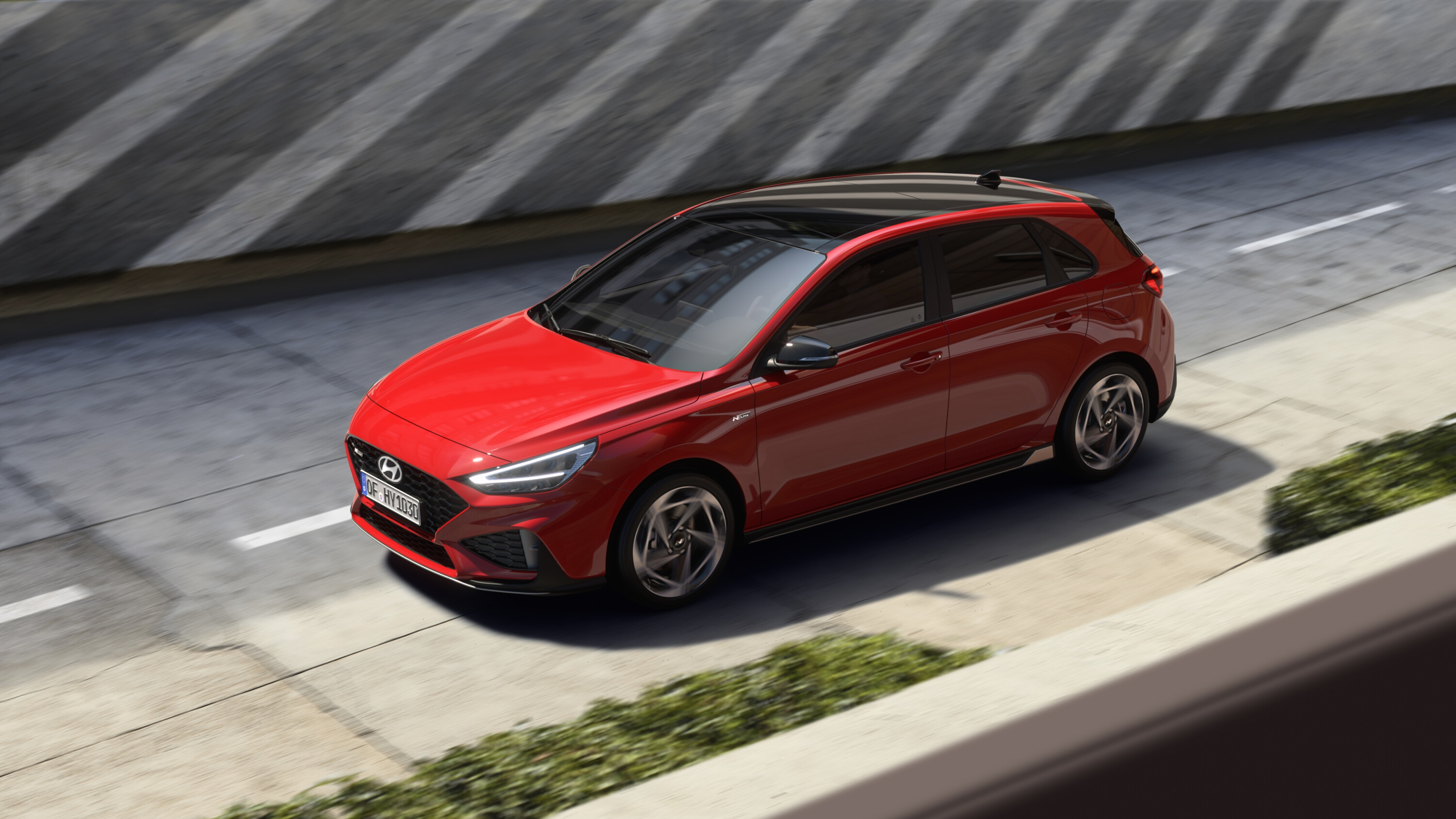
N Line variants will finally receive the same facelift applied to European versions back in 2020, including new front and rear bumpers with twin exhaust pipes, and boomerang-shaped daytime running lights.
Additional changes for the i30 N Line include dark metal accents and new 17- or 18-inch alloy wheel designs.
The i30 hatch’s colour palette is also expected to be amended due to the production switch, with new finishes such as ‘ecotronic grey’, ‘meta blue’, ‘cypress green’, ‘shimmering silver’, and ‘shadow grey’.
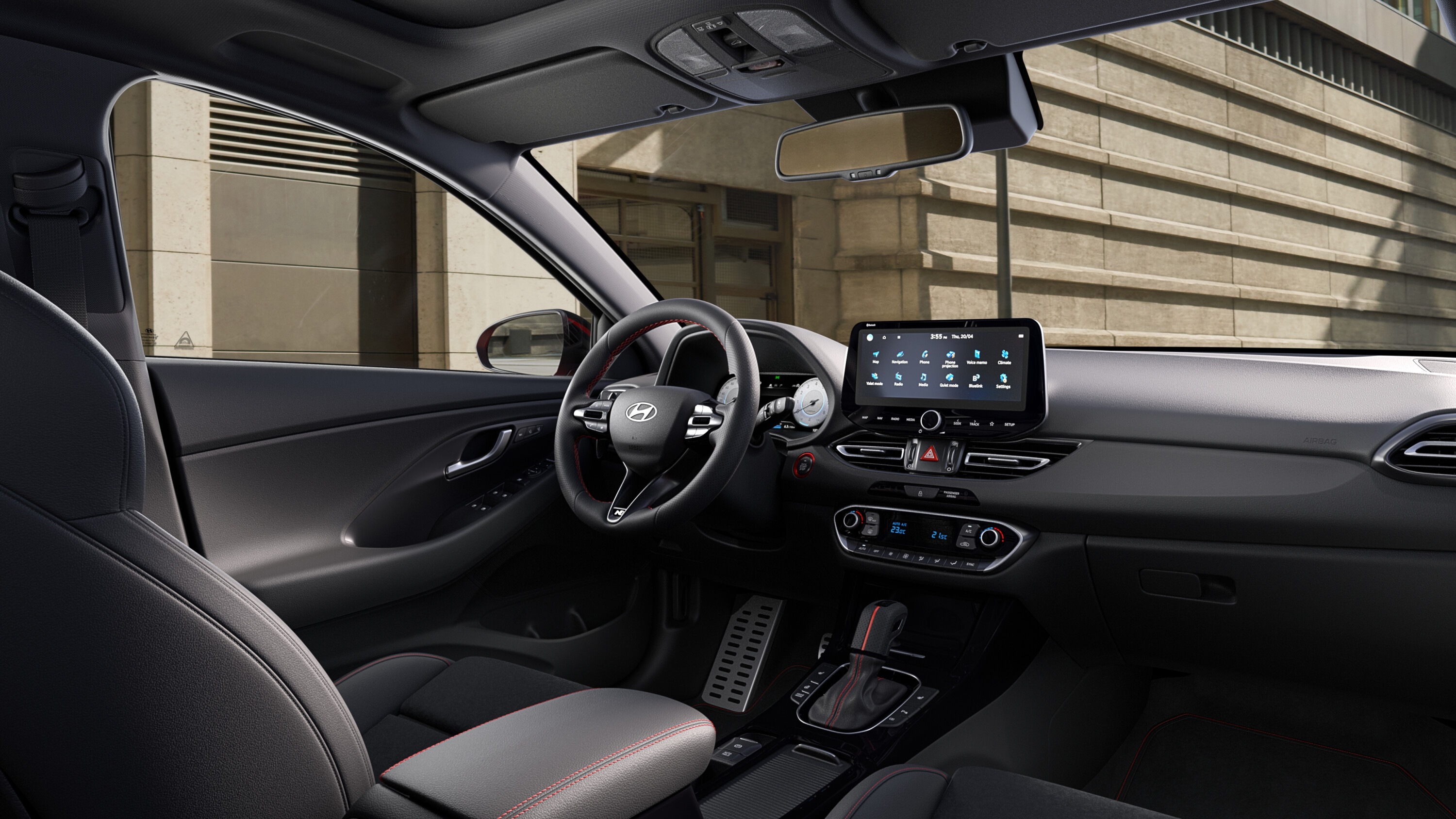
Inside, the i30 hatch is now available with a full-digital 10.25-inch digital instrument cluster, over-the-air map updates, and three USB-C charge ports in the front and rear.
Other interior revisions include a “more pleasant and smoother to the touch” finish for the crash pad, a gloss-black central tunnel, new seat patterns, and standard LED cabin lights.
N Line variants receive black leather and textile suede upholstery with triple red horizontal lines.
Active safety improvements include the addition of lane-following assist, intelligent speed limit assist, rear occupant alert and semi-autonomous Highway Driving Assist 1.5, while the autonomous emergency braking system now has intersection-turning detection.

Production of the current South Korean-built i30 hatch ended in December 2023, with retail sales in Australia due to be temporarily halted from the end of this month.
Hyundai Australia has confirmed production of the i30 hatch will restart in the Czech Republic around June or July, ahead of first customer deliveries around September or October.
The 2025 Hyundai i30 hatch will be more expensive to build due to its mild-hybrid powertrain, as well as additional production and shipping costs.
It will also incur a five per cent import tariff as Australia does not have a free trade agreement with the European Union.
Expect the facelifted mild-hybrid automatic hatch to start from around $30,000 before on-road costs – or around $34,000 drive-away – compared to $24,000 plus on-roads for today’s 2.0-litre manual entry-level model.
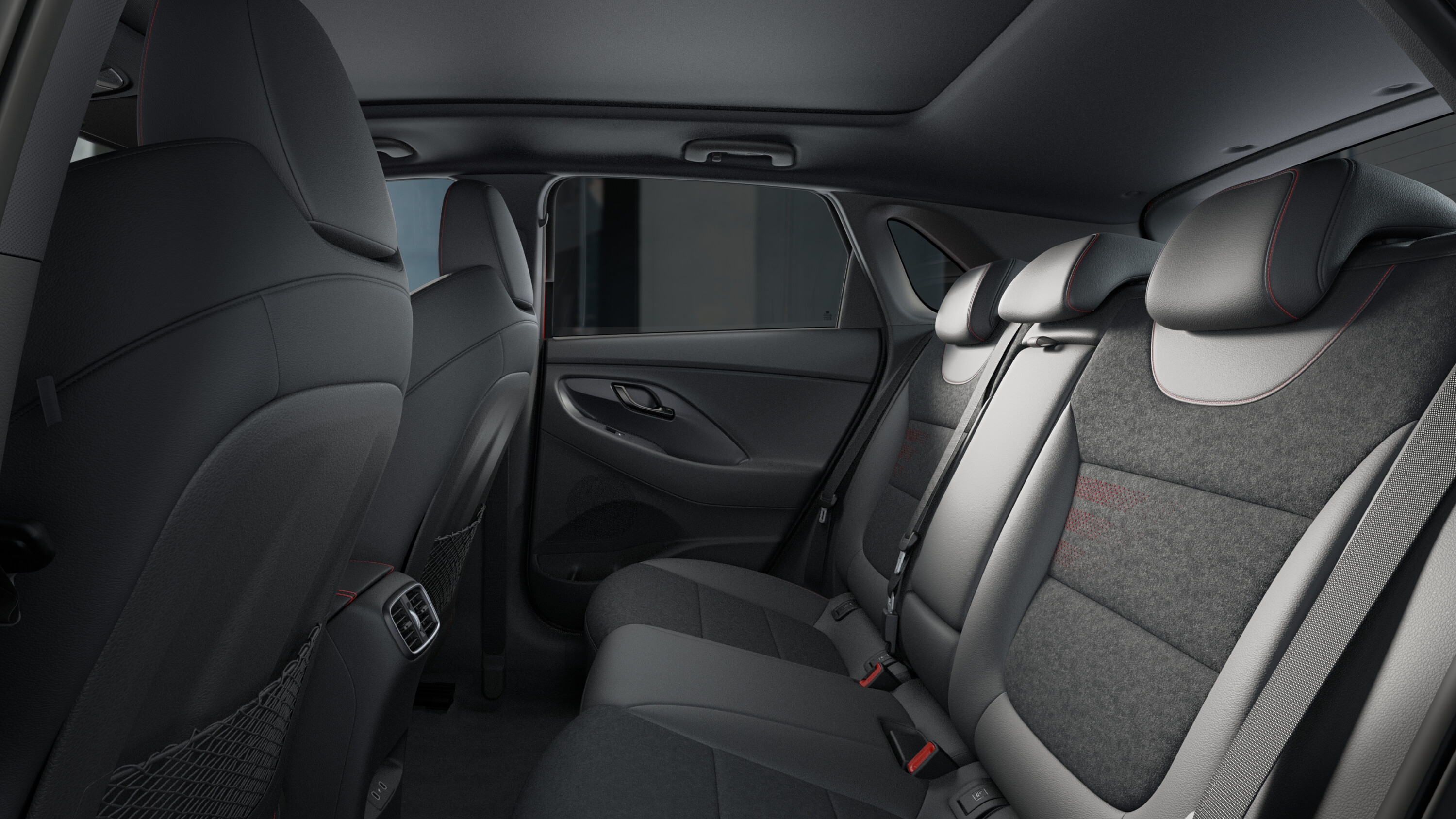
The Hyundai i30 hatch was available for as low as $19,990 before on-road costs five years ago.
The Hyundai i30 N hot hatch has always been built in the Czech Republic and is unaffected by the production switch. It is due to receive a similar update later this year.
Additionally, the recently facelifted i30 Sedan will continue to be made in Korea for Australia, including the new Toyota Corolla-rivalling petrol-electric hybrid option.
We recommend
-
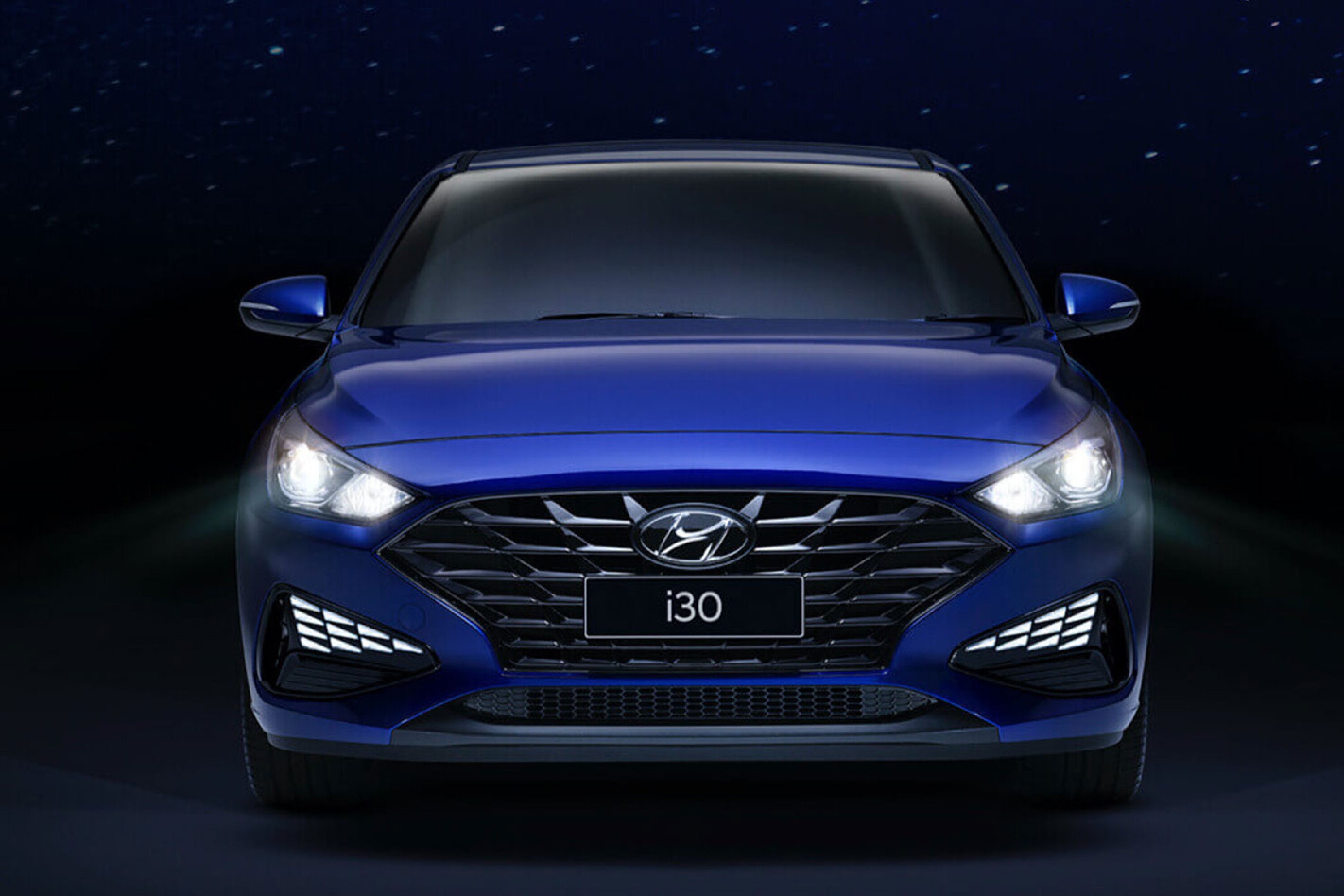 News
NewsHyundai i30 hatch orders will pause for Korea-Euro transition, mild hybrid coming
We'll seen see a second facelift for the popular i30 hatch, along with mild-hybrid power – but not before we go a few months without
-
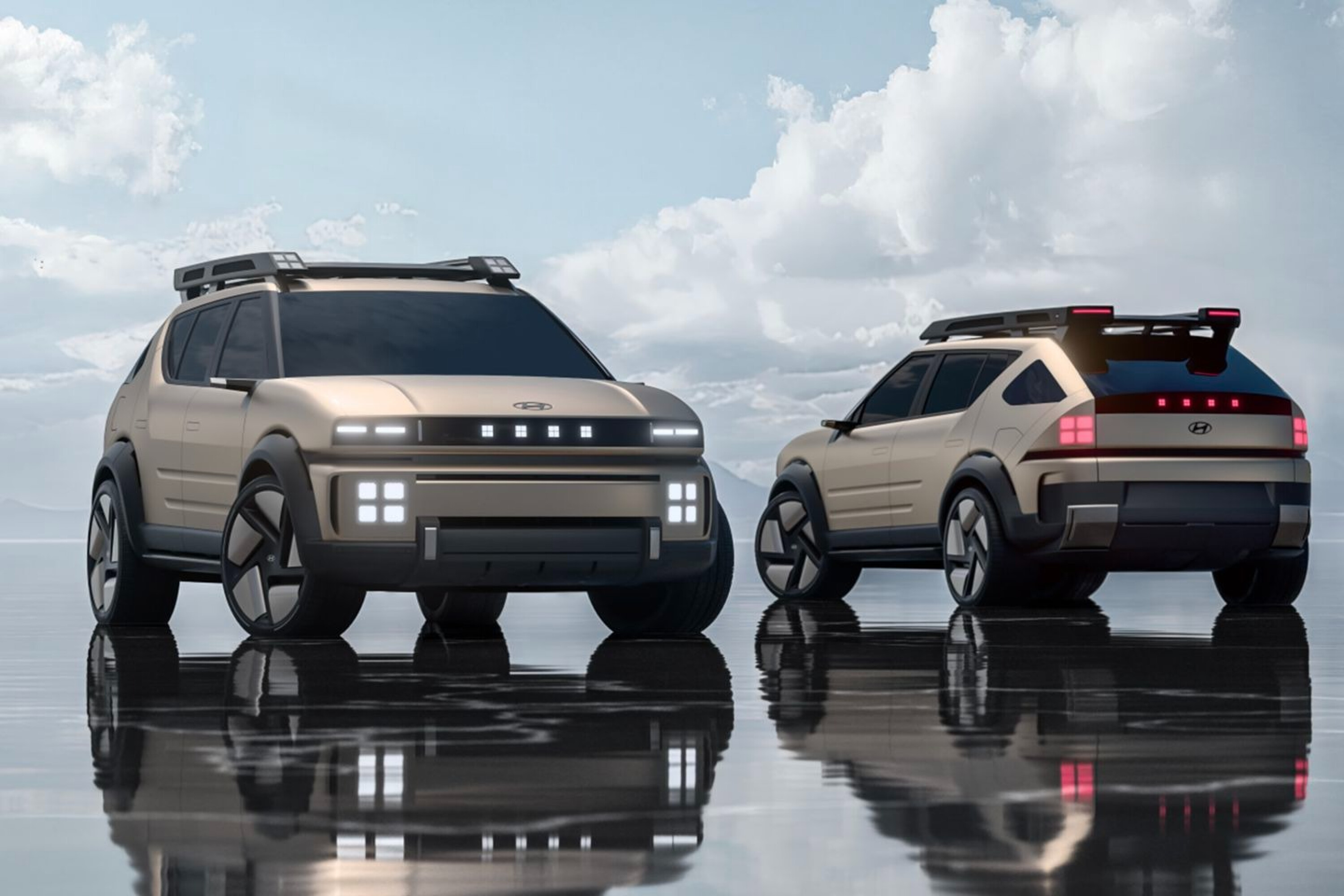 News
NewsNew Hyundai Models Coming: Ioniq 9, EV ute, Vision 74, Inster & more!
Your quick guide to all the future models coming from Korean brand Hyundai – including its first ever ute – from 2025 and beyond
-
 News
News2025 New Car Calendar: All the new cars coming to Australia
Take a look at our list of what is expected to launch in Australia in 2025 – plus those we might not see locally just yet


